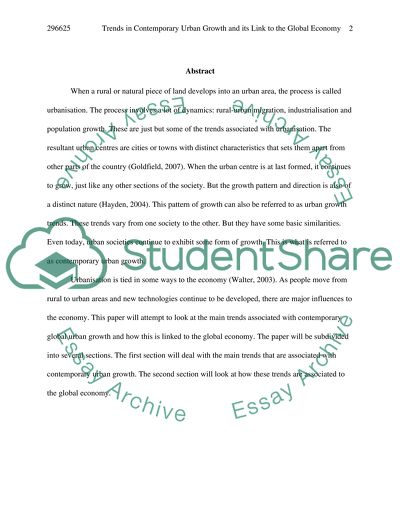Cite this document
(“Trends in contemporary global urban growth Essay”, n.d.)
Trends in contemporary global urban growth Essay. Retrieved from https://studentshare.org/sociology/1527068-trends-in-contemporary-global-urban-growth
Trends in contemporary global urban growth Essay. Retrieved from https://studentshare.org/sociology/1527068-trends-in-contemporary-global-urban-growth
(Trends in Contemporary Global Urban Growth Essay)
Trends in Contemporary Global Urban Growth Essay. https://studentshare.org/sociology/1527068-trends-in-contemporary-global-urban-growth.
Trends in Contemporary Global Urban Growth Essay. https://studentshare.org/sociology/1527068-trends-in-contemporary-global-urban-growth.
“Trends in Contemporary Global Urban Growth Essay”, n.d. https://studentshare.org/sociology/1527068-trends-in-contemporary-global-urban-growth.


